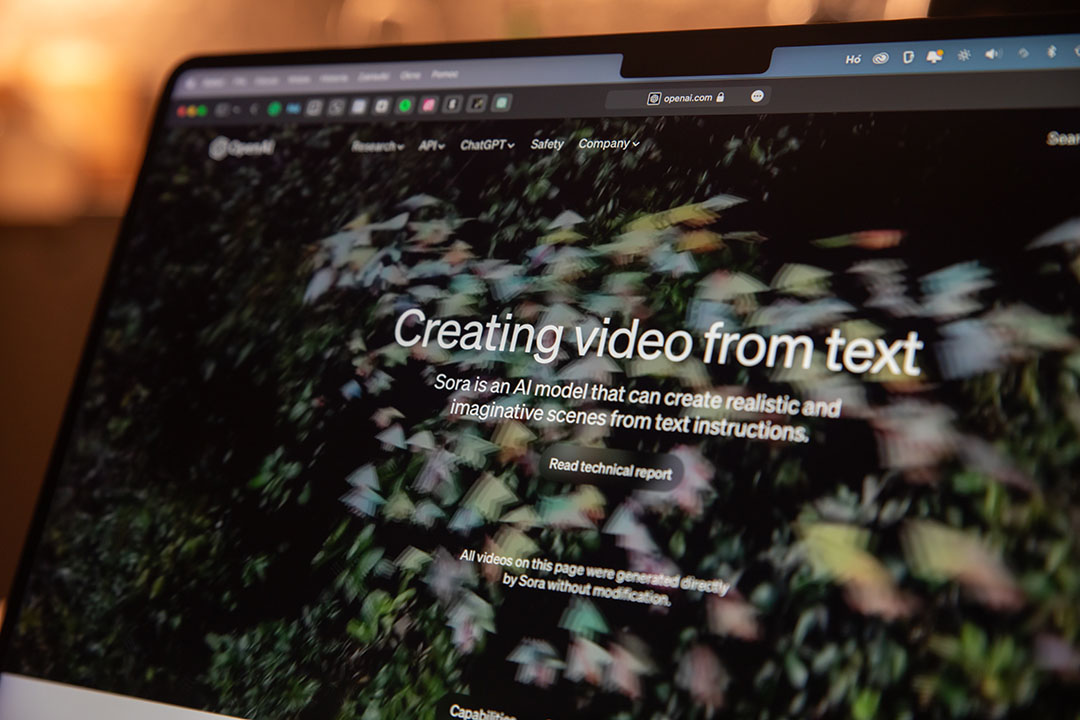 What an excellent day hosted by the UK Screen association.
What an excellent day hosted by the UK Screen association.
The UK Screen association is the trade body for UK Post Production Houses and they held a day out in London where the main topic of discussion was QC and workflow. I was lucky enough to do a presentation and sit on a couple of panels as well as voice my opinions. There was lively discussion and one of the topics that bubbled to the surface was “Where does the QC get done in a full DPP workflow?”
If you have been following the blog then you’ll know that I am a big fan of the DPP’s (Digital Production Partnership) approach to encouraging standards based file workflows. Now that version 4 of the DPP delivery specification is out, we all (should) know that there is a requirement for Quality Control. This is one of the first cases worldwide where the requirement for QC is pushed upstream of the delivery to the broadcaster. The UK is also one of the only countries in the world where there is a legal requirement to check for photo-sensitive epilepsy (PSE) triggers in the content. So what? I hear you ask. Well, there can be serious fines by the UK regulator if there were ever a consumer who has a serious health incident as a result of a broadcast that triggers an epileptic incident. The UK regulator can only fine the broadcaster, but the broadcaster might want to create a contract that passes responsibility upstream to the content provider or post-production facility.
This is a tricky situation, because the PSE test is quite sensitive to variations in the encoder and/or decoder used to display, transcode or transmission-encode the content. This causes concern because the measurement is a hard go / no-go test. If a piece of content fails in post-production, then it is usually re-edited to make it pass. But, by definition, the content will still be “a bit flashy” and therefore is very likely to be on the edge of passing. As a result, any sensitivity to encoder or decoder behaviour is likely to make a piece of content that is close to the edge randomly pass or fail depending on how it is tested. AmberFin has performed several experiments to confirm this.
Worse still, the regulations in the UK have been updated to say (roughly) “passing in an automatic tool is no guarantee that content is safe”. I paraphrase, but this leaves broadcasters and post houses in an awkward position where there really isn’t any guarantee of what you need to do to pass this legal requirement. Despite the fact that many of my close friends are lawyers, people who know me will realise that this is exactly the sort of situation that causes me to get very animated and very angry, very quickly. I wish I knew what the magic solution was. The best we can do today is to use the automatic tooling today and add subjective editorial judgement to the automatic measurement. Fortunately, this is exactly the reason that AmberFin developed UQC to combine the best of human judgement and automatic measurements.
On a happier note. the closing Case Study of the session was given by Andy Beale of BT and Charlie Tear of timeline.tv They gave a run-down of the awe-inspiring build-out of the new BT Sport facility. Please read our press release or any of the news stories on the internet. They managed to build a brand new facility in a time-frame that was mind-bendingly short and achieve a level of quality that delivered an audience to BT Sport that exceeded all expectation. This is a major success story and AmberFin has been proud to play their part in the delivery of a truly innovativeDPP based facility.
A thoroughly great day out – thanks to the organisers and the co-sponsors. Don’t forget to download our DPP white paper if you haven’t done so already.





